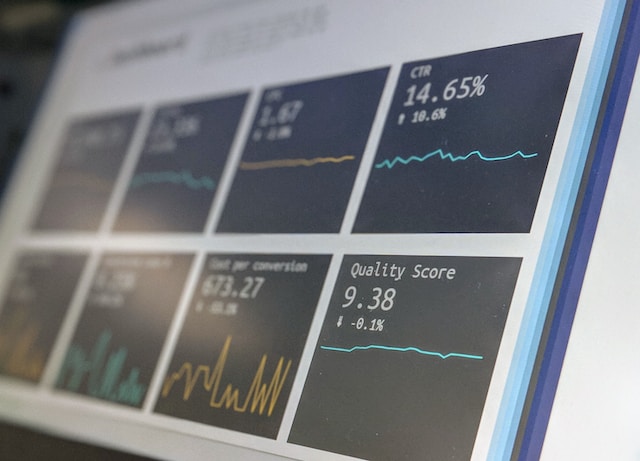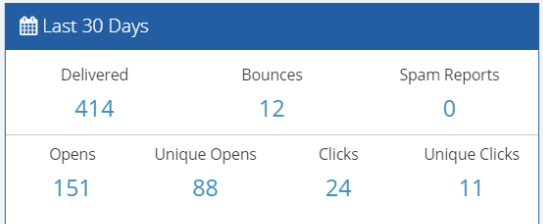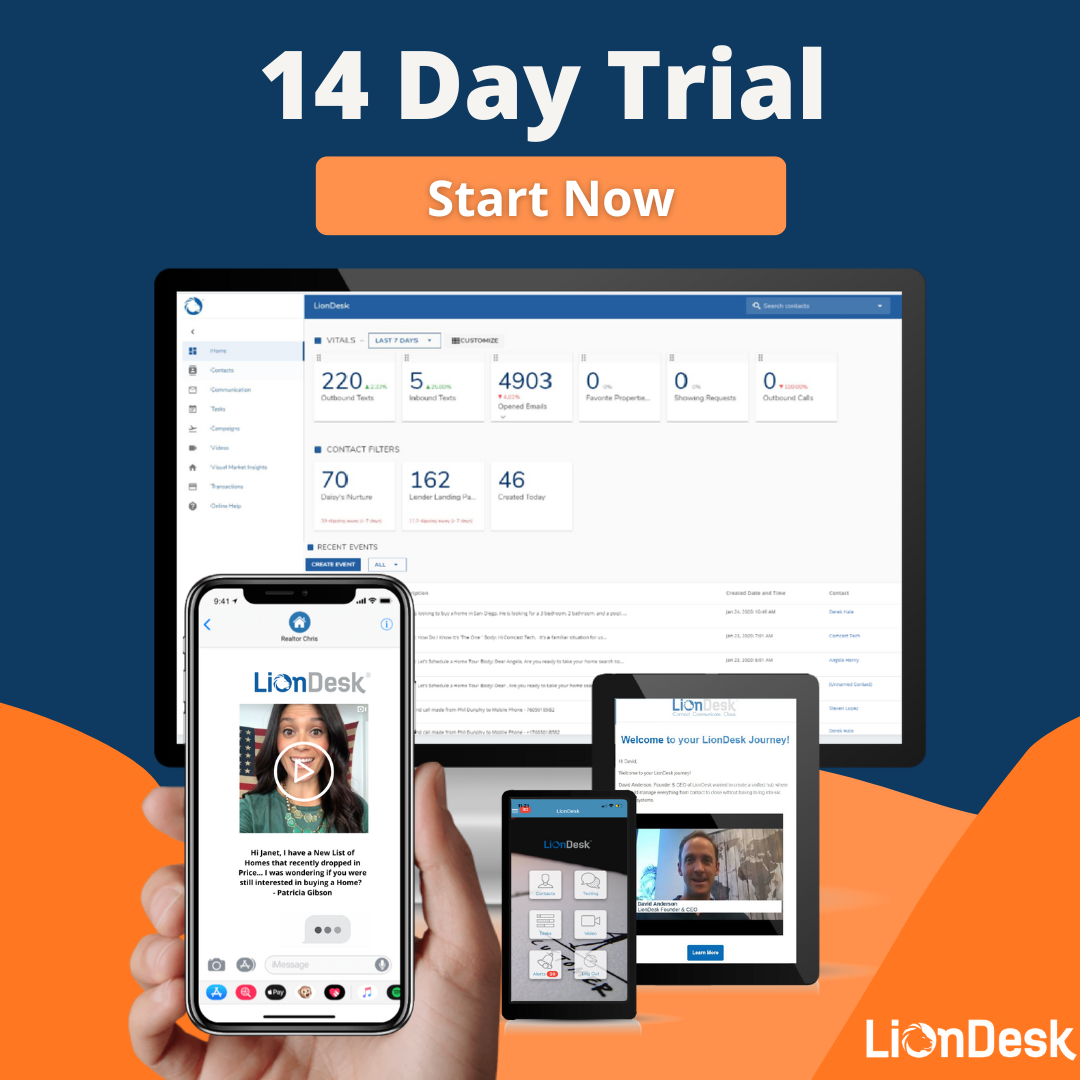
When you begin your email marketing journey, you open up a world of possibilities with access to something you’ve never had with regular emailing: Email Reports. And while they seem straightforward, it can be hard to demystify what each report means, and how you can improve your overall marketing email strategy through the reports. By learning how to interpret them correctly, you can make each email better than your last.
Ready to dig in? Let’s go!
What’s included in email reports?
For most email reports, you will see the following statistics. Here are the stats and their definitions:
- Delivered: Emails that were sent and received.
- Bounces: Emails that were not received.
- Spam Reports: Emails that were reported as Spam by the contact.
- Opens: Total count of how many times your emails were opened.
- Unique Opens: This count only tracks the initial email open per contact. Will not track additional opens per contact.
- Clicks: Total count of how many times a website link within was clicked on.
- Unique Clicks: This count only tracks the initial website click per contact. Will not track additional clicks per contact.
How to calculate open and clickthrough rates of emails
Now that we have our definitions of what’s on a report, let’s calculate each metric.
Here’s an example of what an email report looks like in LionDesk:

We can see here that 414 emails were delivered. That will be an important number. This is the number we will use as the base to calculate all of our rates.
Of the 414 emails, 151 were opened, 24 people clicked, 12 bounced, and 0 reported spam. To get the open rate, I would divide 151 by 414, which would give me 0.365 so 36.5%, clickthrough rate is 24/414, and so on. Let’s do this for all of them:
- Open Rate: 36.5%
- Clickthrough Rate: 5.8%
- Bounce Rate: 2.9%
- Spam Rate: 0%
Real Estate Email Benchmarks
So we have the numbers, but how do we know how they stack up to the competition?
Benchmark reports by industry are crucial in understanding what these numbers mean. Here are last year’s Email Benchmarks for Real Estate:

Looking at these numbers, our email open rate is almost two times the industry average, and the clickthrough rate is almost three times! So our sample numbers are really great.
For bounces, you want to keep it under 10%, so 2.9% is great, and for spam you want to keep it under 0.1%, so 0% is a perfect score.
Improving future emails based on reporting
Okay, so we have the numbers, we know how they stack up against the competition, but what do we DO with them? Let’s break it down.
If you have a high open rate and a low clickthrough rate, it means that the initial subject line or the person/company sending it is is interesting to the recipient, but the call to action (or CTA) in the email falls short.
For example, if LionDesk as the sender send an email with the subject line “How to understand email reports” (how Meta is this??) and it got a 30% open rate, but a 1% clickthrough rate, you could discern that your recipients want to hear from LionDesk, and may be interested initially in email reports, but don’t care enough to click through to the article. To improve future emails I might try a different topic.
Let’s say it’s the opposite and we get a low open rate of 12%, but a clickthrough rate of 6%. We’ll know that the topic itself was super interesting to the people who opened it, but perhaps my subject line didn’t properly highlight the value of the email. We would want to be more specific with our subject line in a future email.
It’s all a balance! If both numbers are good, like in our sample report, we would know we’re on the right track.
By letting the data guide us, we can make each email perform better than our last.
When to send emails and email deliverability
Other factors to test and consider are time of day the email is sent, and audience the email is sent to. If you see an email performing well during a certain day and time, chances are that’s a good time to email your list.
When creating marketing emails, segmentation is key to ensure that you’re sending the right email to the right audience.
If you have a high bounce or spam rate, you may have gotten caught in spam traps. For example, did you know that words like Free, all caps, or large sums of money go to spam? Check out our tips on email deliverability to make sure you don’t get caught up in these common pitfalls.
Real Estate Marketing Email Platforms
If you already have LionDesk, you can learn more about email reporting capabilities here.
If you’re not yet a LionDesk user, this is a great time to try it out! We’re so confident in our product that we let you try it absolutely free for 14 days with no credit cards or commitments. Think of all the emails you could send in the next two weeks!
Ready to give it a try? Start your Free Trial here.





